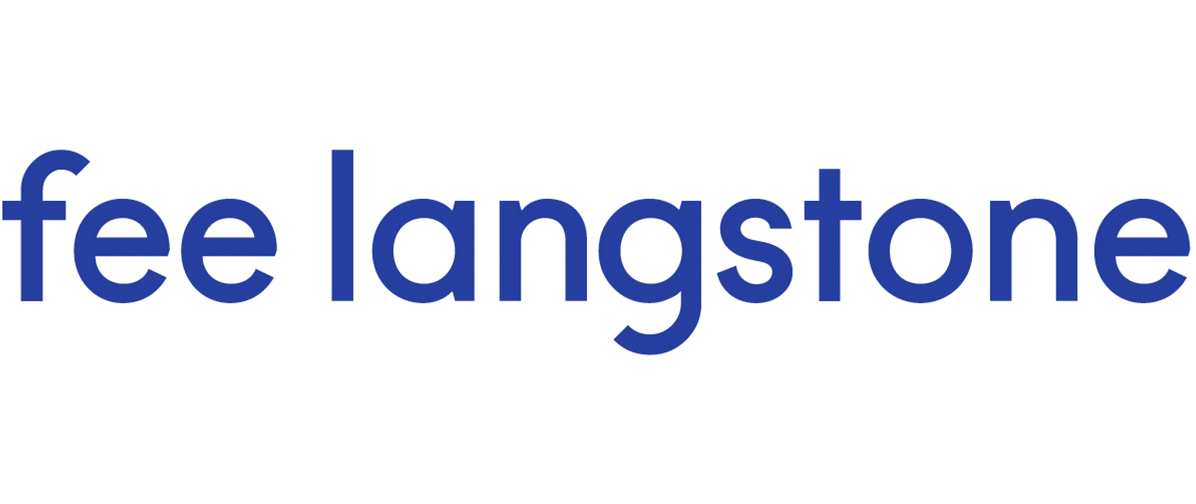Property Insurance – Elasticity, functionality and waiver
/Body Corporate 423900 v. QBE Insurance [2025] NZHC 3015
Pacific Tower is a 22-storey, mixed-use building in Christchurch, managed by Body Corporate 423090. The building was insured by QBE Insurance during the Canterbury Earthquake Sequence (CES) beginning in September 2010. The Body Corporate made various insurance claims for earthquake damage. QBE accepted those claims and funded repairs totalling over $16,000,000 between 2011 and 2013. A Code of Compliance was issued for the Pacific Tower on 21 October 2013.
Despite these repairs, in August 2015 a dispute arose over whether further repair work was needed to restore the building to the standard required by the insurance policy (the well-known substantially the same as, but not better or more extensive than, its condition when new). Apparently, the new owners of the Pacific Tower were concerned they had been sold a lemon.
At trial, the main issues were (1) whether 22 unreplaced active links (structural fuses designed to absorb earthquake damage) required replacement, and (2) whether the lift shafts, alleged to be misaligned due to the CES, needed realignment/were damaged.
Active links – elasticity and functionality
The initial repairs paid for by QBE included the replacement of 41 active links within the building. The remaining 85 active links were considered to not require replacement.
Initially, the Body Corporate claimed that the remaining 85 active links in the Pacific Tower needed to be replaced but just prior to trial, this was reduced to 22 active links. The Body Corporate argued that the 22 active links had suffered permanent plastic deformation as a result of the CES, which reduced their capacity to withstand future seismic events. It claimed this amounted to damage under the insurance policy.
QBE said that all earthquake damage had already been repaired to the policy standard. In particular, the remaining active links were still fit for purpose. QBE argued that plastic deformation alone did not constitute damage, unless it materially impaired the function of the links.
From a legal perspective, the issue was whether plastic deformation of an item that is designed to plastically deform during an earthquake, amounted to damage. During the CES, the active links performed their intended function, thereby preventing damage to other parts of the building. So, if the active links could still perform their intended function (QBE’s case), they were not damaged functionally.
The Court found that while plastic deformation was present in some active links, the evidence did not establish that the 22 unreplaced links claimed for had lost sufficient capacity to be considered damaged. As a result, the Body Corporate had failed to prove its case.
In reaching this conclusion, Justice Eaton relied on evidence from Dr Nicholas Brooke that an active link that had lost only 10% of its fatigue capacity (elasticity) could sustain 9 more ULS earthquakes. To replace active links subjected to only modest demands was unsustainable. Accordingly, QBE was not required to carry out any further repairs related to the active links.
The Lift Shafts
The Body Corporate alleged that the CES caused permanent bowing of the lift shafts, which reduced clearances and which would make future operation and replacement of the lift cars problematic. It sought a declaration that QBE was obligated to pay the costs of realigning the shafts. The Body Corporate argued that the policy standard required reinstatement to “when new” condition, not just compliance with the Building Code.
Ultimately, Justice Eaton found that the lift shafts had been misaligned as a result of the CES.
However, QBE argued that although the lift shafts had been misaligned, the lift shafts were not damaged for policy purposes. The two lift cars within the lift shafts had been working perfectly well since repairs were completed in around 2016. The sole functional purpose of a lift shaft is to ensure that lift cars can travel up and down without issue. That purpose was currently being achieved and only a further significant seismic event would change this. QBE pointed out that an insurance claim could be made for damage to the lift shafts in the future, should a seismic event cause damage.
While Justice Eaton agreed that that the primary function of a lift shaft was to allow lift cars to travel up and down within them (the functional purpose argued for by QBE), Justice Eaton said QBE’s approach to functionality was too narrow. An important function of the lift shafts was to permit lift cars to travel up and down in accordance with the lift manufacturer's specifications, so as to ensure warranties are enforceable, and to allow the necessary adjustments to respond to any shifts in verticality. It includes being amenable to adjustment within the specified tolerances. The functional purpose of a lift shaft also includes permitting the replacement of the lift cars or the same or equivalent cars throughout the life of the cars.
Accordingly, Justice Eaton held that it was not an answer to the Body Corporate’s claim that as at today (10 October 2025) the lifts were operating perfectly well in the Pacific Tower. Accordingly, QBE has to pay to repair the lift shafts. However even now, years after the first earthquake in the CES, what might be the most appropriate repair to the lift shafts is far from clear. It will require agreement between the parties in the future.
Estoppel
QBE argued that it would be absurd if an insured could agree a repair strategy with its own experts, undertake those repairs, and be paid by its insurer for the repair work undertaken (as was the case in the Pacific Tower), only for the insured then to have a change of heart and want to carry out different repairs at its insurer’s cost. The Body Corporate should be estopped from doing so.
Justice Eaton noted that the Court of Appeal in Moorhouse Commercial Park [2024] NZCA 415 observed that discussions between an insured and an insurer about the nature of repairs to be undertaken to satisfy the policy standard might reach a point where the insurer is no longer obliged to meet the policy standard. The Court described that scenario as one of accord and satisfaction. However, the Court of Appeal expressly recognised though that the law of estoppel in the context of insurance claims remains unsettled in New Zealand.
Whilst Justice Eaton was satisfied that broadly, in agreeing to carry out the repairs, it was implicit that the Body Corporate created a belief or expectation that no further works would be required once those repairs were concluded, there was no clear and unequivocal representation to that effect. Accordingly, the estoppel defence failed.
Comment by Cecily Brick
Whilst the greater part of the 121-page judgment deals with the very technical expert evidence given at trial, the decisions made on the legal issues are of interest. The insured’s obligation to meet the burden of proving its claim is an important feature of earthquake cases, and it is pleasing to see another decision emphasising that a claim will fail in the absence of proof of damage. The Body Corporate’s evidence on the active links issue fell short because its expert assumed damage from plastic strain must have occurred and should therefore be reversed, rather than carrying out testing to identify what degree of strain had actually occurred. Less positively, the Court found that extensive repairs already undertaken by the Body Corporate pursuant to its own scope of works – at the insurer’s cost – was no barrier to the Body Corporate seeking payment from the insurer for a new scope of works to repair the same property.









